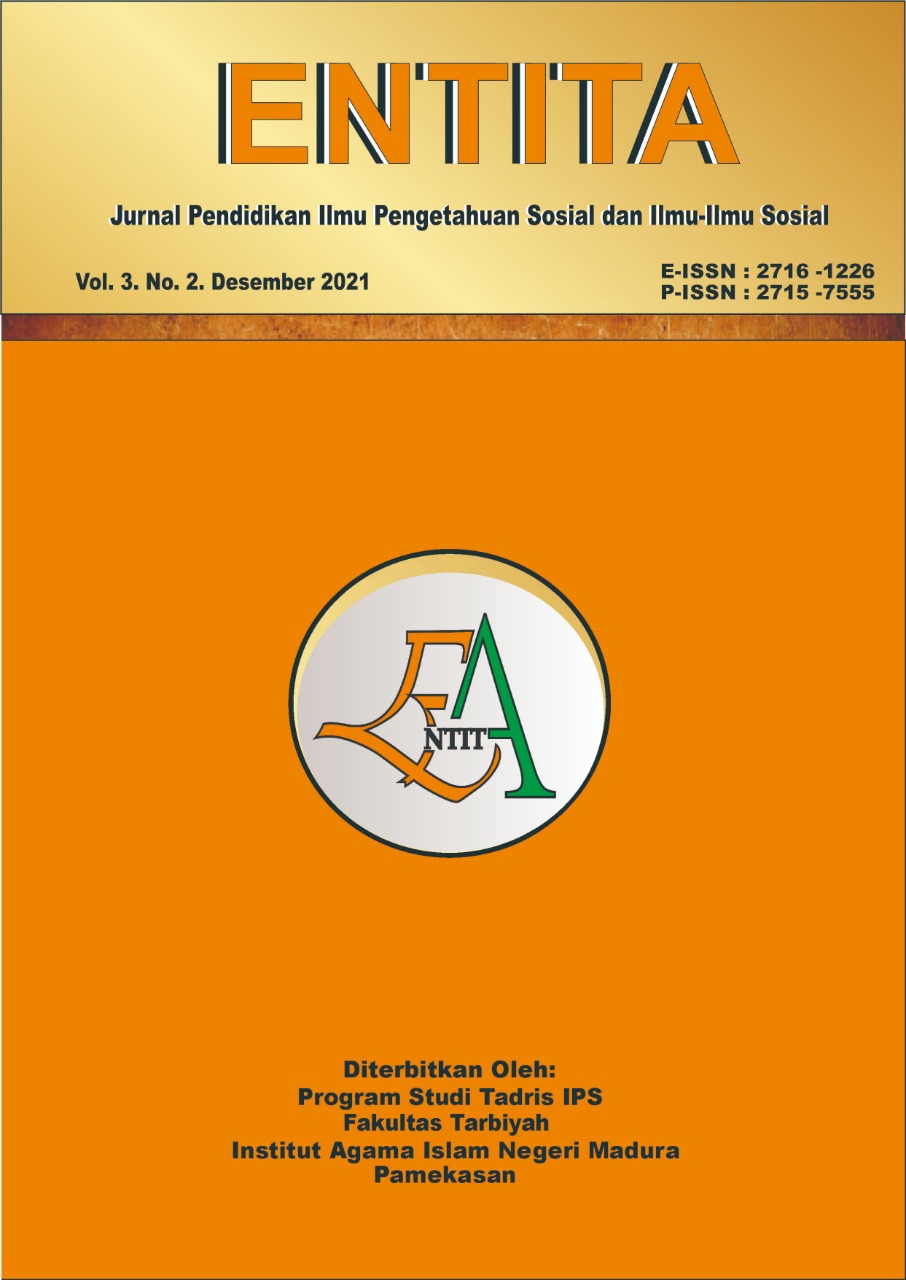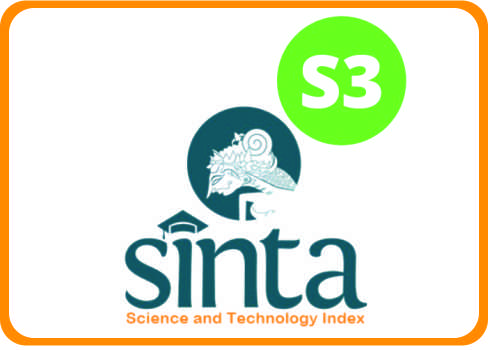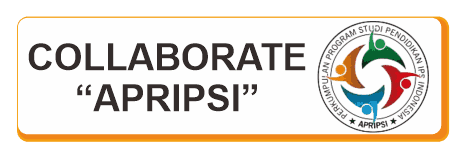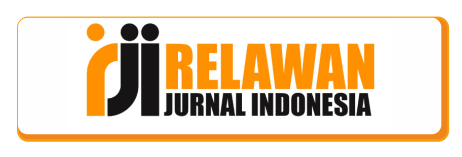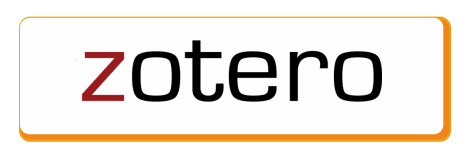The Influence of Jodipan Color Utilization as a Learning Source of Ability to Solve Problems in The Theme of Enviromental Pollution
 Abstract views: 248
,
Abstract views: 248
,
 PDF downloads: 231
PDF downloads: 231
Abstract
The ability to solve problems is a process in which a person identifies a situation, formulates a hypothesis, verifies a hypothesis made by digging up data, and restarts the hypothesis made to become a generalization (Purwanto, 1999). The focus of this research is to analyze the influence of the use of the Kampung Warna Warni Jodipan as a source of learning for students' ability to solve problems in MTs Attaraqqie Malang on the theme of tackling environmental pollution. This study uses an experimental research design in the form of a Quasi-Experimental Design with the type of pretest posttest control group design. The sample in this study were students of class IX A and IX D with purposive sampling technique. Data collection techniques using test questions in the form of problem description. The data analysis technique in this study was to use the independent sample t-test. The results of this study indicate that there is a significant influence on the use of the Kampung Warna Warni Jodipan as a source of learning for students' problem solving abilities, this is evidenced by the results of the independent sample t-test which shows that there is a significant influence on the use of the Kampung Warna Warni Jodipan. , with tcount> ttable which is 5,450> 2,000. This shows that there are significant differences in the ability to solve problems in the experimental and control classes.
Downloads
Copyright (c) 2021 Latifatul Fauzi, Ketut Prasetyo, Mohammad Ali Haidar

This work is licensed under a Creative Commons Attribution-NonCommercial 4.0 International License.
ENTITA: Jurnal Pendidikan Ilmu Pengetahuan Sosial dan Ilmu-Ilmu Sosial operates an Open Access policy under a Creative Commons Non-Commercial 4.0 International license. Authors who publish with this journal agree to the following terms:
- The copyright of the received article once accepted for publication shall be assigned to the journal as the publisher with licensed under a

- Journal is able to enter into separate, additional contractual arrangements for the non-exclusive distribution of the journal's published version of the work (e.g., post it to an institutional repository or publish it in a book), with an acknowledgement of its initial publication in this journal.
- Journal is permitted and encouraged to post their work online (e.g., in institutional repositories or on their website) prior to and during the submission process, as it can lead to productive exchanges, as well as earlier and greater citation of published work (see The Effect of Open Access).
- Here is Copyright Transfer Form that author can download and send to OJS during submission.


